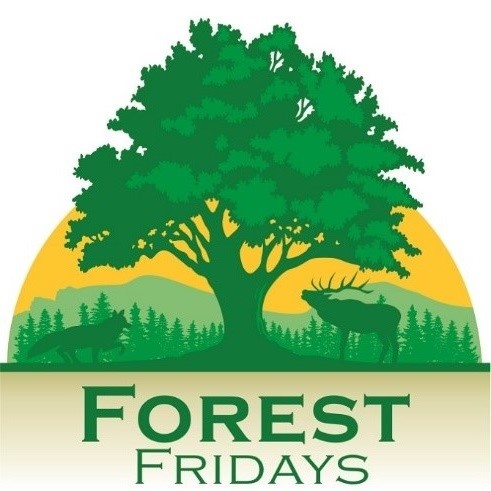
By Ryan Reed
Most natural resource professionals remember their early days of learning to name plants and trees. Early lessons focused on common names, which later progressed to matching these with scientific (or Latin) names. Common names are the source of much confusion and frustration, especially when they don’t seem to make any sense. Please read on for examples of trees with common names that are confusing, questionable, or downright misleading.
Eastern Red Cedar

Abundant in the southern tier of PA, the native eastern red cedar is not a cedar at all. Its scaly leaves are not soft like a cedar, but rather sharp and prickly like a juniper. That’s because the eastern red cedar is a juniper, as indicated by its scientific name, Juniperus virginiana. A better common name would at least substitute juniper for cedar.
Tree of Heaven
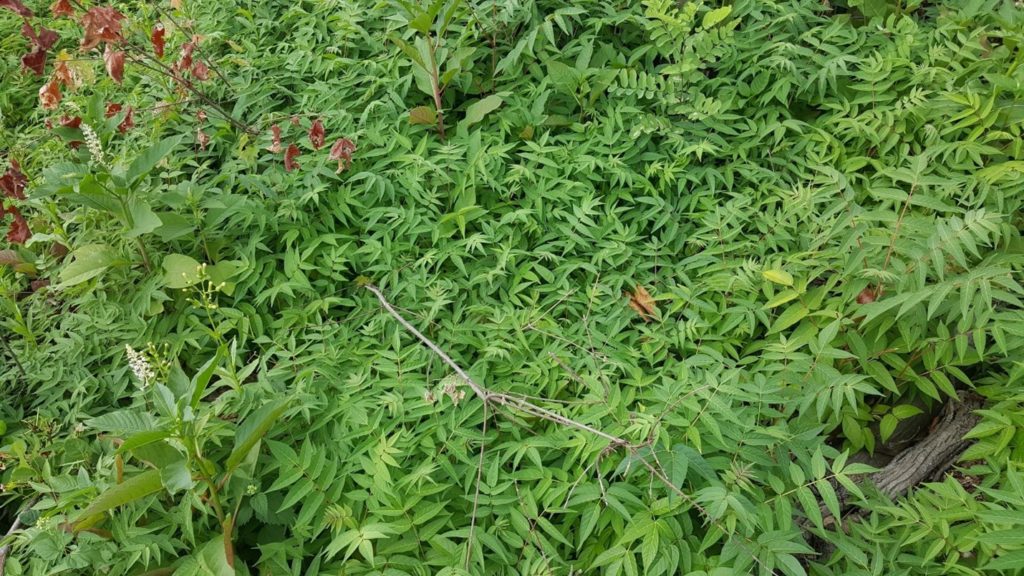
This prolific invader from Asia is anything but heavenly. Known to pollute wells with chemicals it releases into the soil, the tree of heaven is also a favorite host of the reviled spotted lanternfly. The tree of heaven has another common name- stink tree, which at least seems to more accurately capture the negative connotation it so richly deserves.
American Mountain Ash
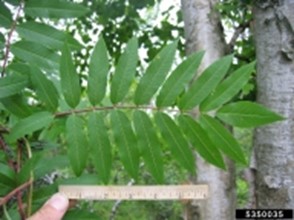
Photo by Keith Kenoti U. of Maine Bugwood.org
This beautiful native tree is great for wildlife and ornamental planting, but its name is quite misleading. Actually a member of the rose family (Rosaceae), it shares neither the genus (Fraxinus) nor the family (Oleacae) name of our native ashes. It was probably identified long ago as a relative of our ashes because of its pinnately compound leaves, but these are not oppositely arranged like ash.
Box Elder
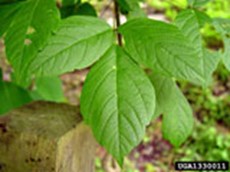
Photo by Chris Evans U. of Illinois Bugwood.org
A tree commonly found in riparian zones, the native box elder in many ways is not like our native Sambucus species (elderberries) of the Adoxaceae family. In fact, the box elder (Acer negundo) is a maple (family Aceraceae) and thus related to silver, red, and sugar maples. Its pinnately compound and oppositely arranged leaves are similar to those of the elderberries; hence the confusion.
Witch Hazel
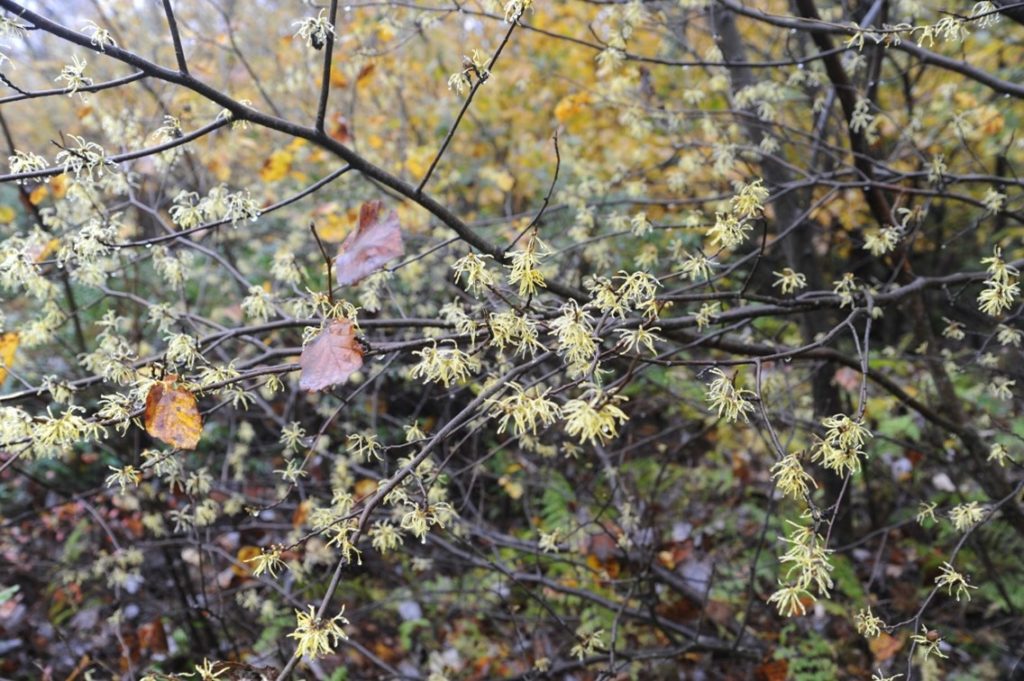
The “hazel” part of this name would lead one to believe that this tree is closely related to the American hazelnut of the Corylus genus, members of the birch (Betulaceae) family. Witch hazels (family Hamamelidaceae) do not produce catkins like birches. Witch hazels and hazelnuts are likely similarly named because their leaves look a bit alike; they share a similar growth habit (shrubby) and produce a papery husk around their seeds.
Suffice it to say that using scientific names was a big step forward when botanists decided long ago to adopt the Linnaean system to formally assign names. Although these names sometimes change with evolving science, the system is valuable in reducing confusion arising from common names.




